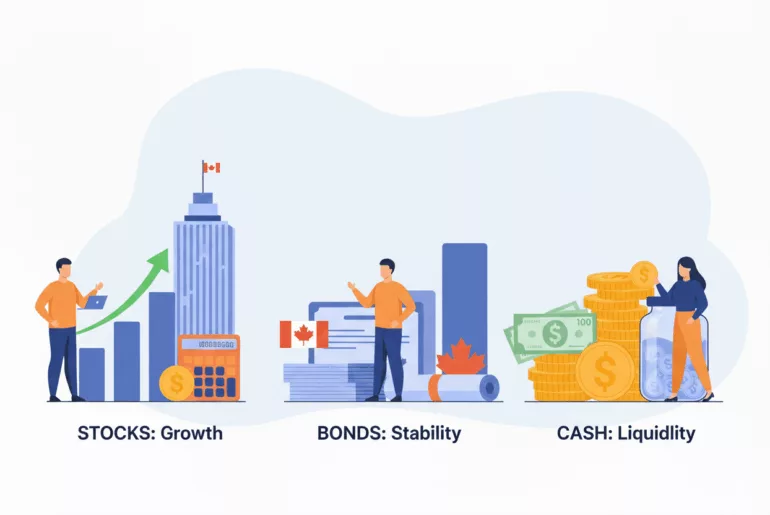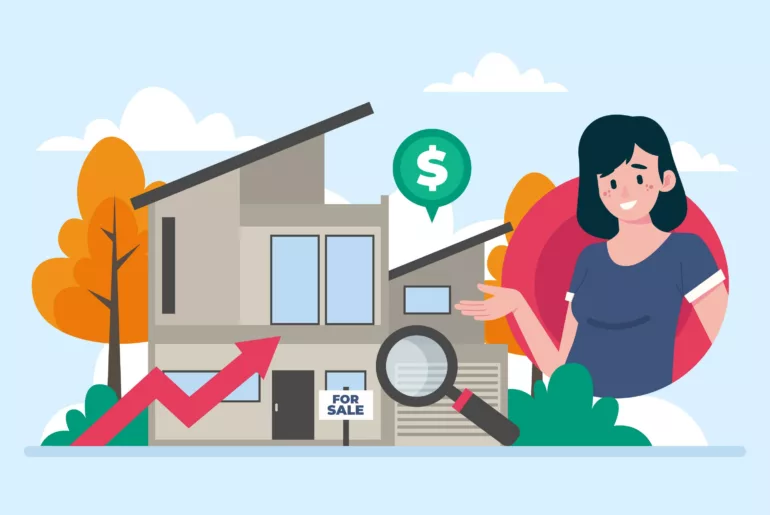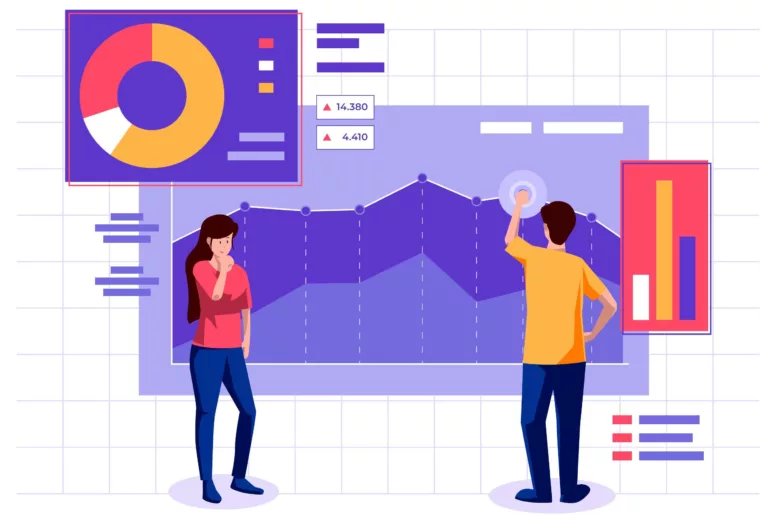Stop overcomplicating your portfolio. Discover how Canadian All-in-One ETFs (like VEQT, XGRO, and ZBAL) allow you to own the world with a single purchase.
Confused by stocks vs. bonds vs. cash? This simple guide for Canadian investors explains what each one does, how they work together, and how to use them in your TFSA and RRSP.
The 50/30/20 budgeting rule is simple, but not realistic for many Canadians. Learn why it fails and how to create a budget that actually fits your life.
Why do we overspend even when we know better? This article explores the psychology behind emotional spending and offers simple, evidence-based ways to take back control of your money.
Saving for a down payment in Canada can feel overwhelming, but with the right strategies — like using the FHSA, RRSP, and TFSA — you can reach your goal faster.
Many Canadians make the same money mistakes, like ignoring their TFSA, carrying high-interest debt, or chasing stock tips. Here’s how to avoid them and build a stronger financial future.
Discover how Canadians can diversify their portfolios with broad ETFs for global stocks and bonds for stability. This beginner’s guide explains home bias, risk across life stages, and why all-in-one ETFs are the simplest way to start investing in Canada.
Discover how compound interest works, why starting early is key, and how Canadians can harness its power through TFSA and RRSP investing.
Discover what index funds and ETFs are, how they work, and why they’re a smart, low-cost way for Canadians to invest. Includes examples, tips, and beginner-friendly advice.
Take your investing knowledge to the next level with this follow-up to 10 Financial Terms Every Canadian Should Know. Learn about ETFs, index funds, MER, asset allocation, diversification, and other key concepts that can help you build a smarter, low-cost, and tax-efficient portfolio. Whether you’re a beginner or an experienced investor, these practical examples will show you how to make your money work harder in Canada’s markets.










